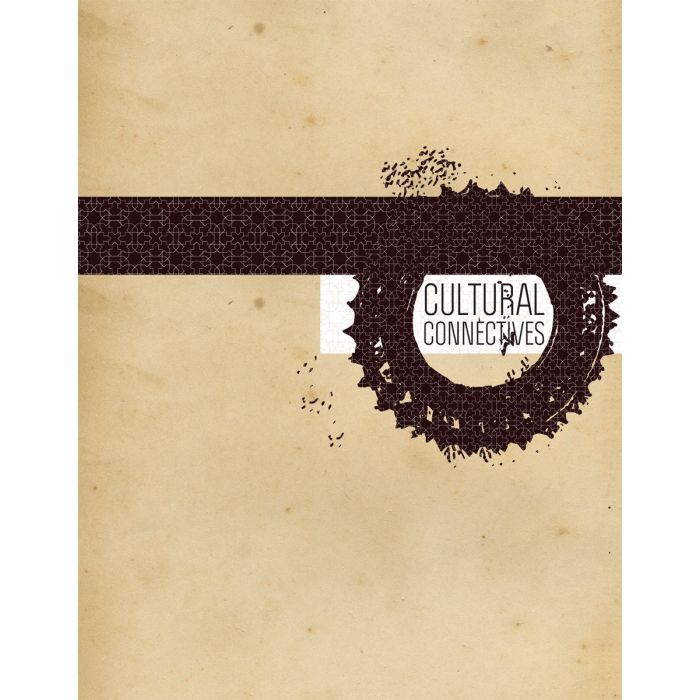My Cart
Your cart is empty
Looks like you haven't made your choice yet.
- Subtotal
Cultural Connectives

- Mark Batty
- by Rana Abou Rjeily
More Information
| Publisher | Mark Batty |
|---|---|
| ISBN | 9781935613138 |
| Author(s) | Rana Abou Rjeily |
| Publication date | February 2011 |
| Edition | Hardback |
| Dimensions | 178 x 228 mm |
| Illustrations | throughout col.ill. |
| Pages | 112 |
| Language(s) | Eng. ed. |
| extra information | -previously announced- |
Description
In the global economy, understanding the differences between the Arabic and Latin alphabets is an invaluable asset for individuals and companies with interests in Arabic-speaking markets. Cultural Connectives bridges the Arabic and Latin alphabets through a family of typefaces designed by author Rana Abou Rjeily that bring the two alphabets into typographic harmony, even in light of their differences. Using her designs, Abou Rjeily applies Arabic rules of writing, grammar and pronunciation to English as a way to introduce Arabic to non-native speakers. Abou Rjeily relies on the visual conventions familiar to English speakers to elucidate how written Arabic functions, making for gorgeous and innovative design treatments, including a French-fold dust jacket poster. As an introduction to Arabic, this book is invaluable; as a means to dissolve cultural barriers, this book bridges two very different alphabets in the name of creating understanding on many levels.
In the global economy, understanding the differences between the Arabic and Latin alphabets is an invaluable asset for individuals and companies with interests in Arabic-speaking markets. Cultural Connectives bridges the Arabic and Latin alphabets through a family of typefaces designed by author Rana Abou Rjeily that bring the two alphabets into typographic harmony, even in light of their differences. Using her designs, Abou Rjeily applies Arabic rules of writing, grammar and pronunciation to English as a way to introduce Arabic to non-native speakers. Abou Rjeily relies on the visual conventions familiar to English speakers to elucidate how written Arabic functions, making for gorgeous and innovative design treatments, including a French-fold dust jacket poster. As an introduction to Arabic, this book is invaluable; as a means to dissolve cultural barriers, this book bridges two very different alphabets in the name of creating understanding on many levels.

Cultural Connectives
